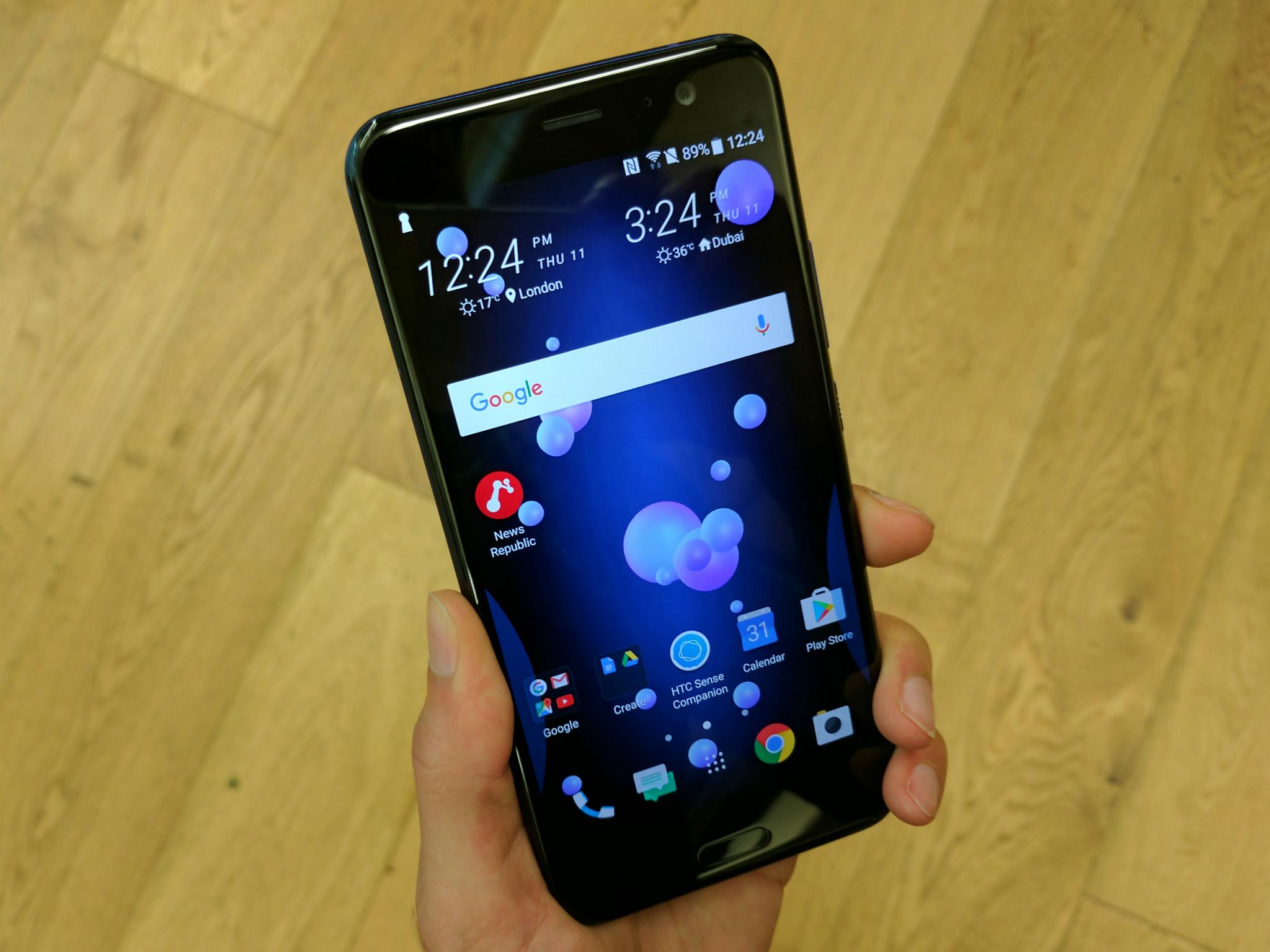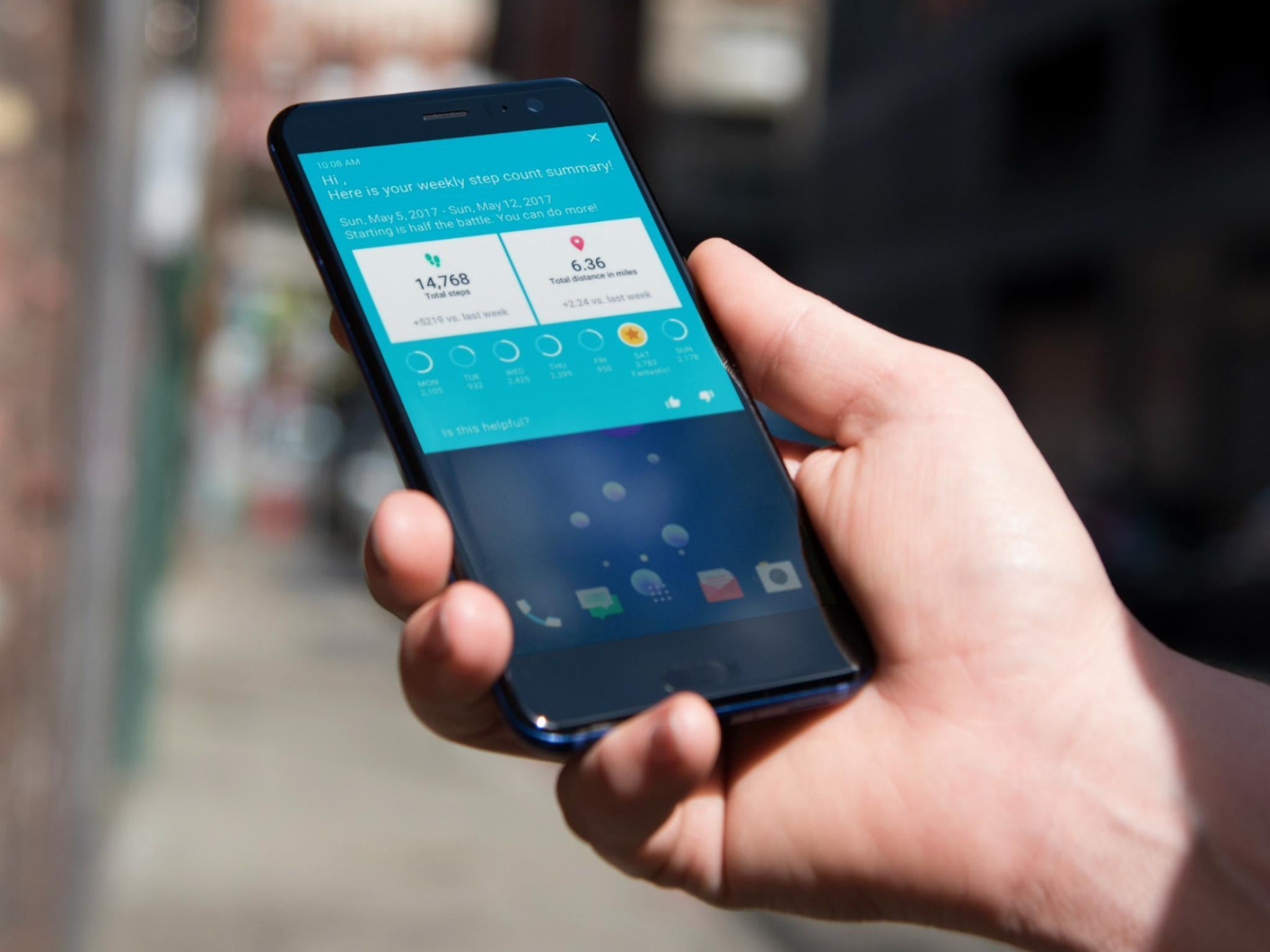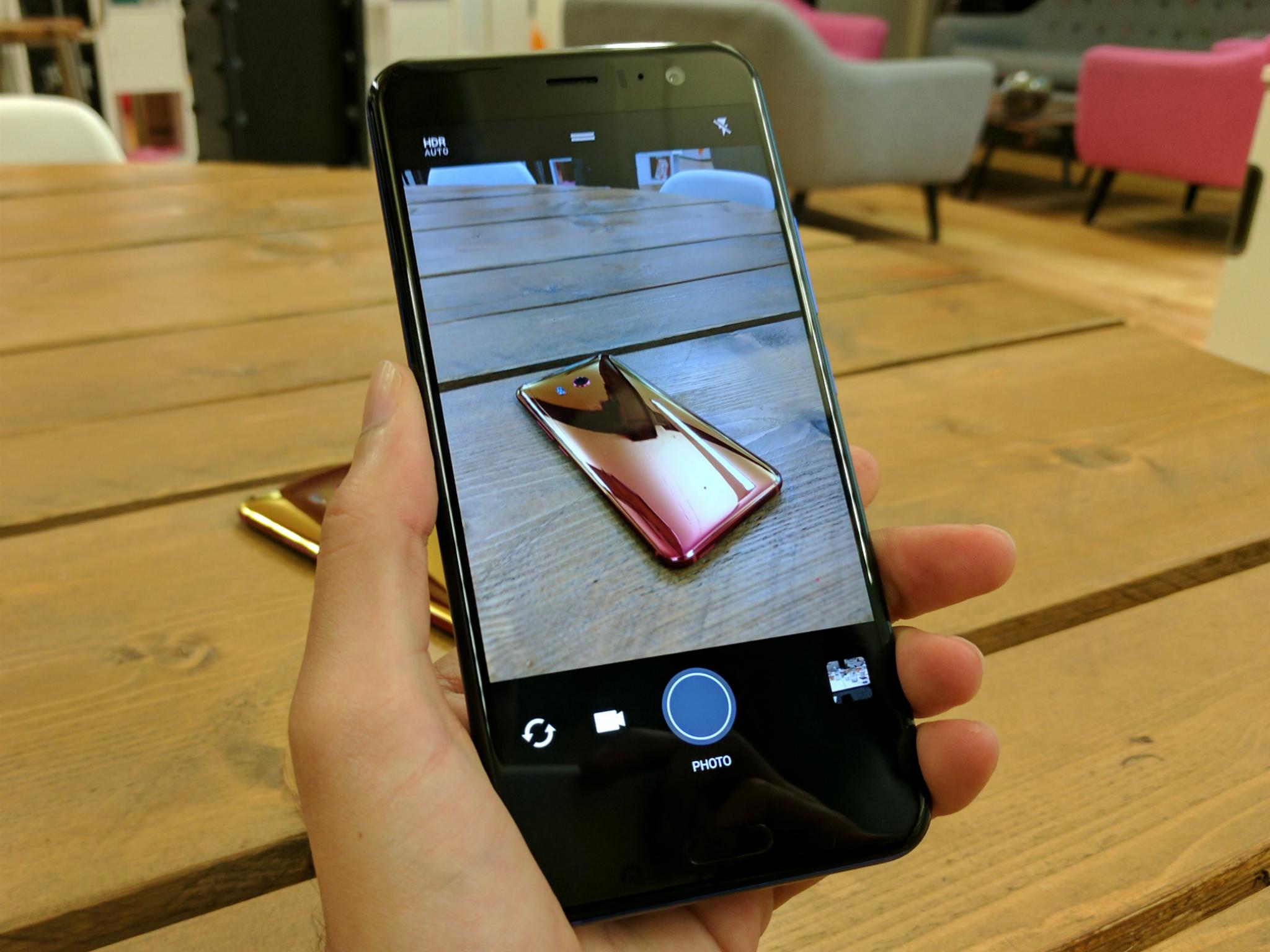The Independent's journalism is supported by our readers. When you purchase through links on our site, we may earn commission.
HTC U11: A phone like no other, and not just because it’s squeezable
Confusingly, the handset comes with Google Assistant, Amazon's Alexa and even more voice assistance from Sense Companion and Baidu DuerOS
HTC has just launched one of the most unusual smartphones we’ve ever seen.
The HTC U11 is the Taiwanese company’s answer to the Samsung Galaxy S8, and it’s very different to anything that’s come before it.
It’s designed to be squeezed by users, a new type of interaction that HTC rather ambitiously hopes will find a place in history somewhere alongside the likes of the computer mouse and the touchscreen.
The U11 has a number of sensors embedded into the lower half of its metal frame.
By applying pressure to them with a squeeze of your thumb and fingers, you can complete all manner of tasks, including launching an app, taking a picture and recording audio.
The company calls the feature Edge Sense and, once you’ve got over how odd it seems to squeeze a mobile phone, it works reliably and feels surprisingly natural.
At some point, we’ve all struggled to reach the soft camera shutter key on a smartphone while trying to use it one-handed. The squeeze functionality solves this problem brilliantly well, and makes you wonder why we haven’t seen anything like it before.
In my opinion, it's already proved to be more useful than the Galaxy S8's curved edge screen.
The squeezable parts of the frame provide haptic feedback to reassure you that you’re pressing the right bits of the frame, and you can enable on-screen visual effects for added peace of mind.
Squeeze pressure can also be altered, and HTC says algorithms will detect and ignore “false squeezes”, triggered by pockets, for instance.

One of the things you can use Edge Sense for is launching Google Assistant from the lock screen. HTC, rightly in my opinion, believes that saying “Okay Google” to your phone in public is showy and a little embarrassing, and a squeeze is a much more subtle alternative.
However, this is where things get confusing.
Like Samsung, HTC thinks we’re heading towards a hands-free future. As such, the U11 also offers Alexa, Amazon’s voice assistant, with HTC describing it as an “equal-class citizen” on the phone.
Both AI assistants are always-listening, and customers can choose to use one of them, both of them or neither of them.

The company believes Google Assistant is the better option for when you’re out and about, and Alexa is superior in the home. However, while Google Assistant will come pre-loaded on the U11, Alexa will arrive via Google Play in July.
The Huawei Mate 9 also offers both assistants, but the U11 goes a step further.
HTC has also decided to include its own voice assistant, Sense Companion, on the U11. It’s similar to Google Assistant, and will manage things like notifications and your daily schedule.
In China, the U11 will also come with Baidu DuerOS, yet another voice-based virtual assistant.
While it’s nice to have so much choice, this scatter-gun approach will almost certainly lead to confusion. It also reflects HTC’s current situation, where it’s fallen well behind competitors such as Samsung, OnePlus and Apple, and feels like it needs to go the extra mile to rebuild its once-excellent reputation.
In terms of design, the U11 looks good, but won’t concern the design teams at Samsung or Apple. It’s smart rather than stunning, and comes encased in an extremely glossy shell that picks up ugly fingerprint marks and is likely to divide consumers.

The colour schemes available are Amazing Silver, Solar Red (which looks red or gold depending on your viewing angle), Sapphire Blue, Ice White and Brilliant Black.
It features a 5.5-inch, 2,560 x 1,440 display, IP67-rated dust- and water- resistance and a Snapdragon 835 processor, and comes with either 4GB of RAM and 64GB of internal storage, or 6GB of RAM and 128GB of internal storage. Both versions offer a microSD slot for up to 2TB of extra storage, so we’d recommend the 64GB model unless you really need the performance boost from the extra 2GB of RAM.
The battery’s 3,000mAh capacity is disappointingly stingy, and while HTC promises that “improved efficiency” will help it last a day, we won’t know for sure until we’ve tested it properly. The S8, for context, also uses a 3,000mAh battery, and poor stamina is one of its biggest issues.
It also features Android 7.1, a 12-megapixel rear camera and a 16-megapixel front-facing camera, and front-firing BoomSound speakers that the company claims to be the loudest, most powerful it's made to date.
The HTC U11 is available for £649, and will begin shipping next month.
Join our commenting forum
Join thought-provoking conversations, follow other Independent readers and see their replies
Comments
Bookmark popover
Removed from bookmarks